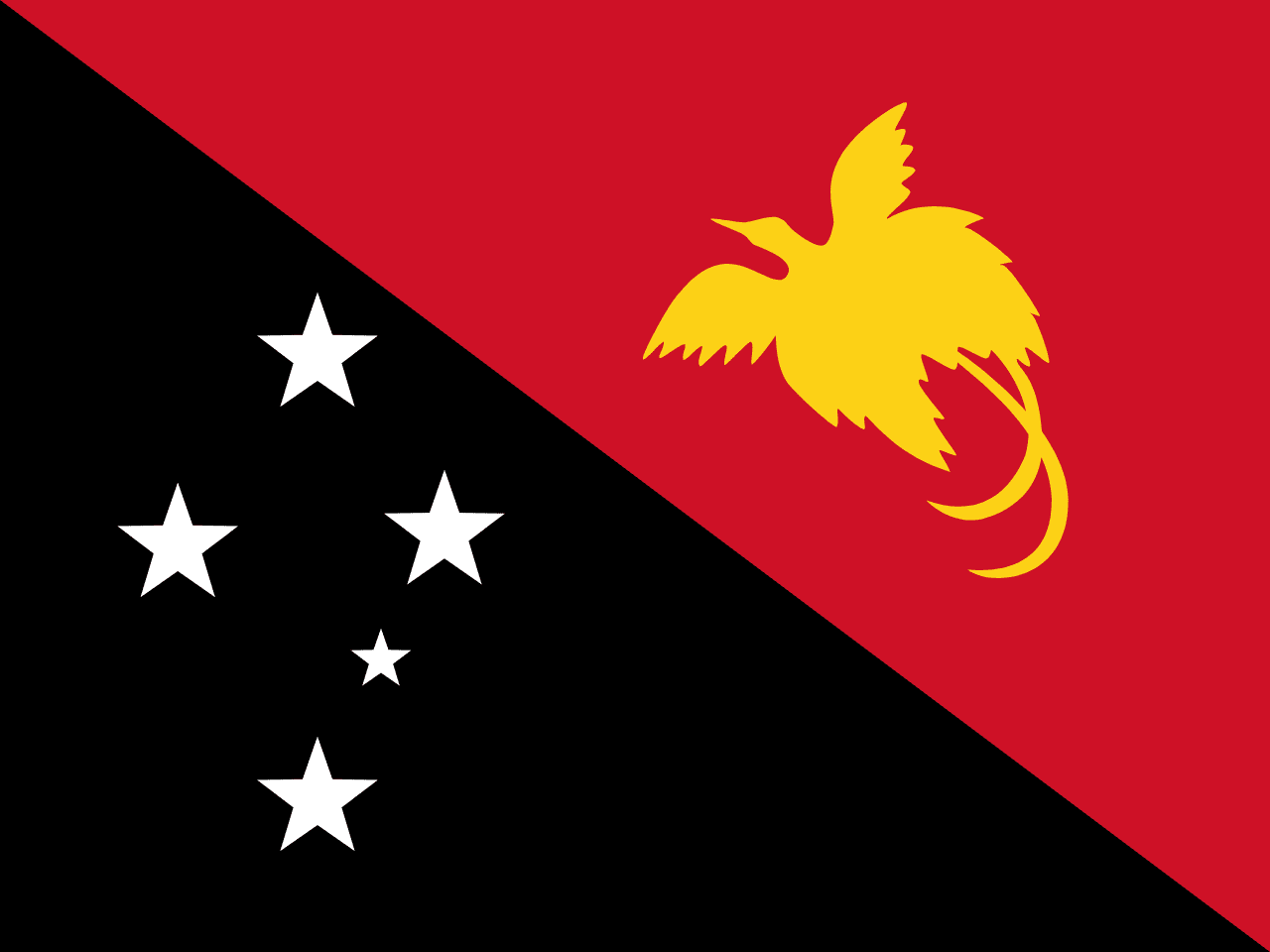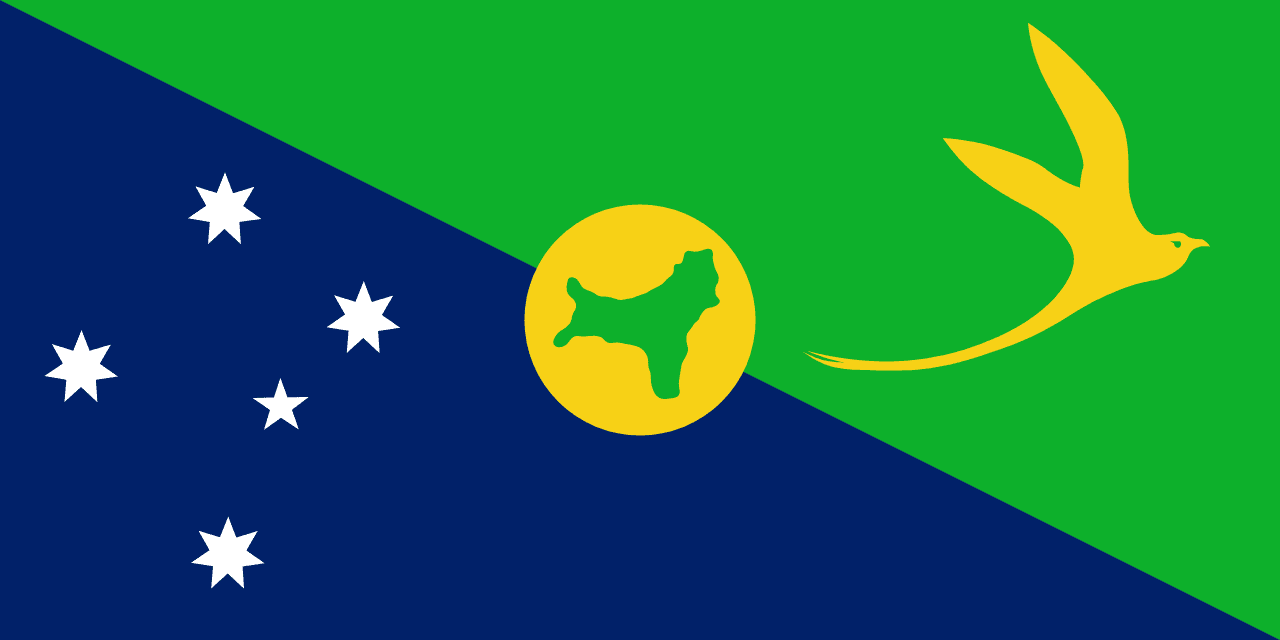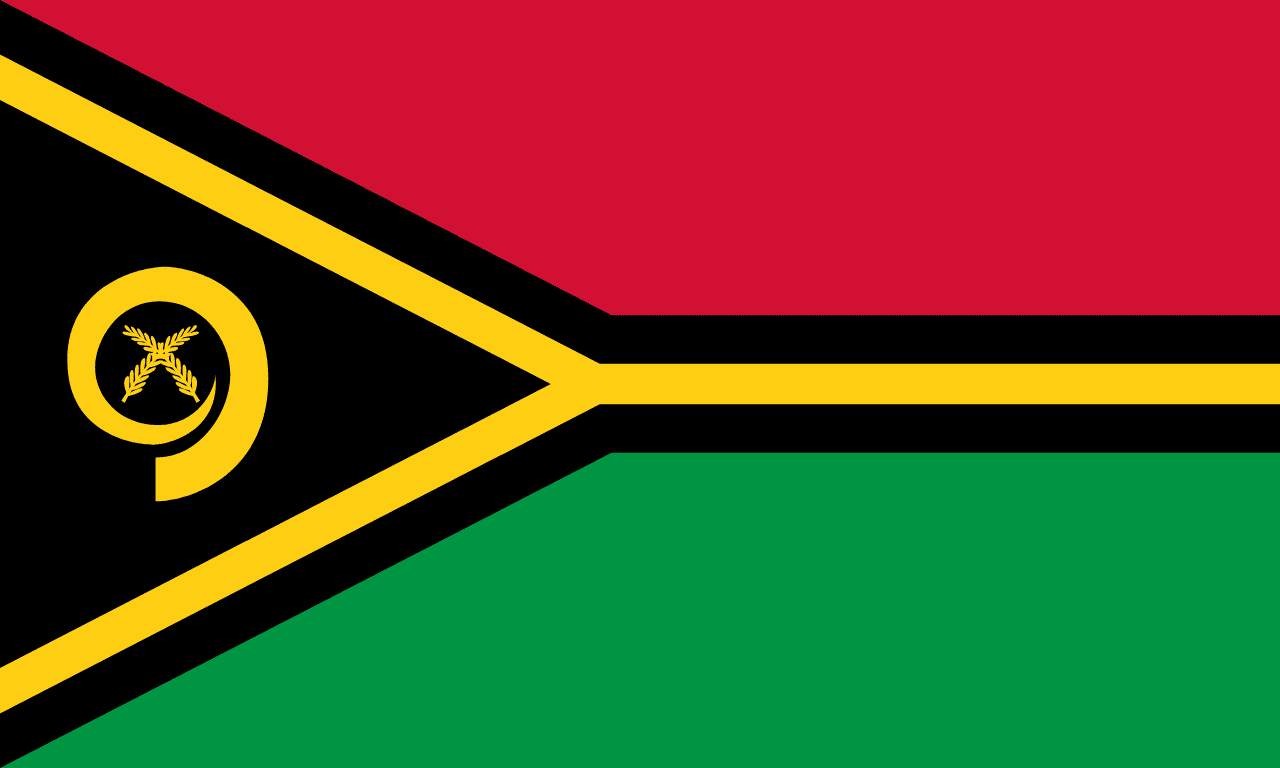Australia Flag Meaning
A blue ensign featuring the Union Jack in the canton and the Southern Cross constellation on the fly, with a large Commonwealth Star beneath the Union Jack, representing Australia's British heritage, its location in the Southern Hemisphere, and the federation of six colonies into one nation.
- Continent
- Oceania
- Adopted
- 1901
- Ratio
- 1:2
- Colors
- blue, red, white
- Designer
- Various contributors

Symbolism
Union Jack: Represents Australia's historical ties to Britain and its heritage as a British colony, symbolizing the legal, cultural, and political institutions inherited from the United Kingdom that shaped modern Australia.
Commonwealth Star: Features seven points representing the six original colonies that federated to form Australia plus one point for the territories, symbolizing the unity of the nation under the Commonwealth of Australia.
Southern Cross: Represents Australia's geographical location in the Southern Hemisphere and serves as a navigational guide that has helped explorers and settlers, symbolizing the nation's position and maritime heritage.
Blue Field: Represents the Pacific and Indian Oceans that surround Australia as an island continent, as well as the ideals of justice, perseverance, and vigilance that guide the Australian nation.
History
- 65,000+ years ago: Aboriginal and Torres Strait Islander peoples arrived and established the world's oldest continuous cultures, developing sophisticated knowledge systems, art, and sustainable land management practices.
- 1770: Captain James Cook claimed the east coast for Britain and named it New South Wales, beginning European contact that would fundamentally transform the continent.
- January 26, 1788: The First Fleet arrived at Sydney Cove, establishing the first British penal colony and beginning European settlement that displaced Indigenous peoples and introduced new diseases, animals, and plants.
- 1851-1861: Gold rushes in Victoria and New South Wales brought massive immigration, economic growth, and social change, transforming Australia from a penal colony into a prosperous society.
- 1880s-1890s: Economic depression and labor unrest led to the rise of trade unions and political movements that pushed for federation and democratic reforms including women's suffrage.
- January 1, 1901: The Commonwealth of Australia was established through federation of six colonies, adopting the current flag design and creating the world's first national government elected by secret ballot.
- 1914-1918: Australia's participation in World War I, particularly the ANZAC landing at Gallipoli, became a defining moment in national identity despite being a military defeat.
- 1901-1973: The White Australia Policy restricted non-European immigration, creating a racially discriminatory system that excluded Asian and Pacific Islander migrants for over 70 years.
- 1941-1945: World War II brought the war to Australia's doorstep with Japanese bombing of Darwin and submarine attacks, leading to closer ties with the United States and reduced dependence on Britain.
- 1967: A referendum gave the federal government power to make laws for Aboriginal people and include them in the census, marking the beginning of formal recognition of Indigenous rights.
- 1970s-1980s: Multiculturalism replaced the White Australia Policy, transforming Australia into one of the world's most diverse societies through immigration from Asia, the Middle East, and Africa.
- 1992-2008: The Mabo decision recognized native title, Kevin Rudd's apology to the Stolen Generations, and other measures began addressing historical injustices against Indigenous Australians.
- 2020-Present: Australia has faced challenges including climate change, bushfires, floods, the COVID-19 pandemic, and growing geopolitical tensions with China while maintaining strong democratic institutions.
Trivia
- Australia is the world's smallest continent and largest island, with a landmass of 7.7 million square kilometers, making it the sixth-largest country by total area.
- The flag represents a country with the world's oldest living cultures, with Aboriginal and Torres Strait Islander peoples maintaining continuous connection to country for over 65,000 years.
- Australia is home to unique wildlife found nowhere else on Earth, including kangaroos, koalas, wombats, and the platypus, due to its isolation as an island continent for millions of years.
- The country has no official language, though English is the de facto national language, while over 250 Indigenous languages were spoken before European colonization, with about 150 still used today.
- Australia is one of the world's most urbanized countries, with about 86% of the population living in cities, particularly along the eastern and southeastern coasts.
- The flag flies over a country that is both the world's largest exporter of iron ore and coal, making it a major player in global mining and energy markets.
- Australia introduced the secret ballot in the 1850s, pioneered women's suffrage (1902 federally), and developed many democratic innovations that influenced political systems worldwide.
- The Great Barrier Reef is the world's largest coral reef system and can be seen from space, though it faces threats from climate change, pollution, and coral bleaching.
- Australian Rules Football, cricket, rugby league, and rugby union are major sports, with the Melbourne Cup being 'the race that stops a nation' every November.
- The country spans three time zones and has diverse climates from tropical in the north to temperate in the south, with the vast interior being arid or semi-arid desert.
- Australia is a federal parliamentary democracy and constitutional monarchy, with six states and two territories, and the British monarch as ceremonial head of state.
- The flag represents a country built on immigration, with about 30% of the population born overseas, creating one of the world's most multicultural societies.
- Traditional Australian foods include meat pies, lamingtons, and pavlova, while modern Australian cuisine incorporates influences from Indigenous, British, Mediterranean, and Asian traditions.
- Australia has strict quarantine laws to protect its unique ecosystems from invasive species, earning it the nickname 'Fortress Australia' for its biosecurity measures.
- The country has been involved in ongoing debates about becoming a republic, with polls showing mixed support for removing the British monarch as head of state and adopting a new flag design.
Related Countries

Papua New Guinea
Oceania
Divided diagonally from upper hoist to lower fly: the upper triangle is red with a yellow Raggiana bird-of-paradise, and the lower triangle is black with five white stars of the Southern Cross.

Solomon Islands
Oceania
A blue triangle in the upper hoist and green triangle in the lower fly, separated by a thin yellow diagonal stripe, with five white five-pointed stars arranged in an X pattern in the blue triangle, representing the ocean, land, sunshine, and the five main island groups of this Melanesian nation.

Christmas Island
Oceania
Green and blue field with Southern Cross constellation, golden bosun bird, and a circle representing the island.

Indonesia
Asia
Two horizontal stripes of red over white, known as 'Sang Saka Merah-Putih' (The Sacred Red and White), representing the courage and purity of the Indonesian people and their struggle for independence from colonial rule.

Vanuatu
Oceania
Red and green horizontal bands separated by a black stripe edged in yellow, with a yellow Y-shape extending from the hoist containing a boar's tusk and two crossed fern leaves, representing the blood of sacrifice, the rich soil, the Melanesian people, enlightenment, and traditional Melanesian values and culture.

Palau
Oceania
A light blue field with a golden-yellow full moon slightly off-center toward the hoist. The flag symbolizes independence, culture, and natural harmony.